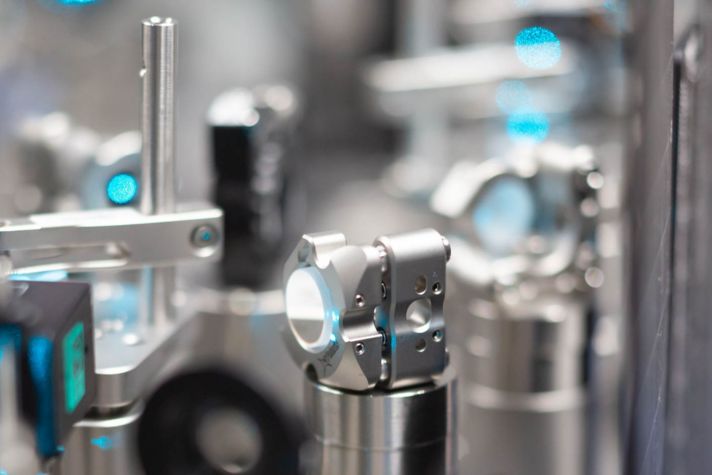-
 Global
Global-
Africa
-
Asia Pacific
-
Europe
-
Latin America
-
Middle East
-
North America
- |
- BUSINESSES
- |
- Contact
- |
-
 Global
Global-
Africa
-
Asia Pacific
-
Europe
-
Latin America
-
Middle East
-
North America
- |
- BUSINESSES
- |
- Contact
- |
You are browsing the product catalog for
- News
- Can Quantum Improve Phone Batteries? Samsung Explores the Possibility
Can Quantum Improve Phone Batteries? Samsung Explores the Possibility
The electronics leader tests out new materials using the Honeywell System Model H1.
Mobile phones. Smart watches. Tablet computers.
Today’s technology is more portable and versatile than ever before thanks to longer-lasting batteries and other energy storage devices.
The quest for more powerful, durable batteries and devices that can hold charges longer is never-ending.
Global consumer technology and electronics giant Samsung – the maker of Galaxy phones, tablets, and other devices – recently partnered with Honeywell Quantum Solutions and physics researchers at Imperial College London to explore how to use quantum computing to develop better batteries.
“Samsung’s mission is one of unending pursuit towards creating the best products and services through talent and technology,” said Jaikwang Shin, SVP of Samsung Advanced Institute of Technology. “Our partnership with Honeywell continues in that spirit by exploring the vast potential of quantum computing to find new sources of innovation.”
Initial Experiment
Samsung worked with Professor Myungshik Kim, chair of Theoretical Quantum Information Sciences at the Department of Physics at Imperial College London, and his team, Johannes Knolle, Joe Vovrosh, Chris Self, Kiran Khosla and Alistair Smith, to explore early-phase quantum algorithms.
The research team created a simulation of the dynamics of an interacting spin model – mathematical models used to examine magnetism.
They ran the experiment on Honeywell’s System Model H1, the latest generation of its trapped-ion based quantum computing systems.
Pushing new limits
The complex simulation required the System Model H1 to run what are known as “deep circuits” and use as many as 100, two-qubit gates to support the calculation.
Typical quantum algorithms are made up of several one- and two-qubit gates. Two-qubit gates, quantum operations between two separate qubits, provide the entanglement between qubits that makes quantum computing more powerful than traditional supercomputers, but these quantum operations also are more difficult – and costly – to use. The complexity of quantum circuits can often be estimated based on the number of two-qubit gates.
Professor Kim said the Honeywell system performed well and the data gathered aligned with their expectations for the model.
“The data are encouraging, considering the circuit depth the algorithm required,” he said.
The Future of Problem Solving
Honeywell Quantum Solutions President Tony Uttley said the project not only benefited the Samsung and Imperial College London team with their research, but also proved the System Model H1 can handle complex algorithms with a high degree of accuracy giving researchers confidence that their results are correct.
Today’s quantum computers are still in the early days of commercial hardware, and these systems are often plagued with physical errors that lower the effectiveness of the calculations. Honeywell’s System Model H1 leverages trapped-ion qubits to provide extremely high-fidelity operations and the ability to maintain quantum information for long times.
“The results from Professor Kim’s project are exciting because it showed the Honeywell system produces promising results for complex algorithms, which is important if we are to harness the power of quantum computing to solve real-world problems,” Uttley said.
Although the field of quantum computing is still developing, there is strategic value for enterprises to get started in their exploration of the field and to start charting a path to value in their industry.
Copyright © 2024 Honeywell International Inc.



